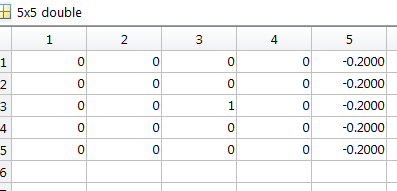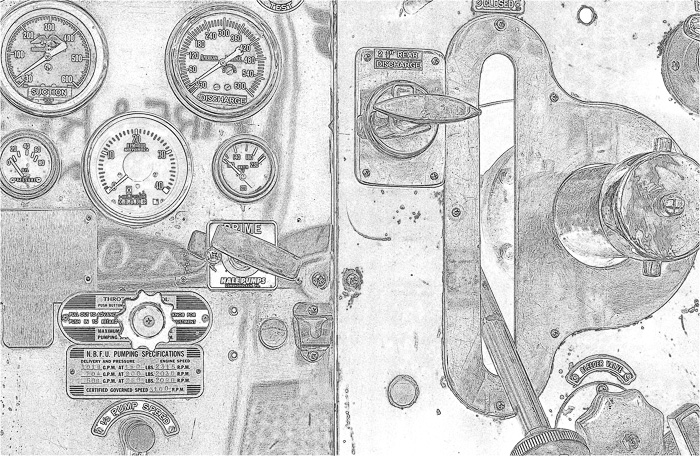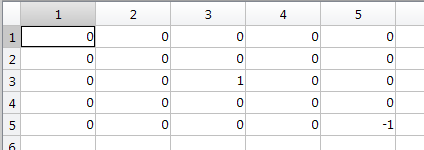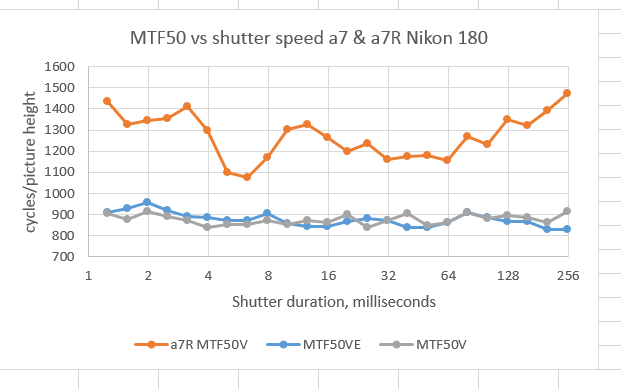I didn’t have any writing to do yesterday, since the blog was given over to prewritten April Foolery, so I messed around with convolution kernels. I came up with a class that seems to give interesting effects. Kernels in this class, which I’m calling “fence” kernels, are square with odd numbers of rows and columns…. [Read More]
Irrational aspect ratios
Since the dawn of digital photography, practitioners of the art have been barred from a creative freedom enjoyed by their image-making predecessors. Oil and watercolor painters, printmakers, and, yes, chemically-based photographers could make an image any shape they wanted to. Not so in the digital world. When cropping a raster image, a digital photographer must… [Read More]
Nonlinearities in autohalftoning
Before I get started with some of what you can do with autohalftoning, I need to say a few words about workflow. In most digital photography, you do all your creative work on the file at its original resolution, and resize and sharpen just before printing. By following that procedure, you are prepared to make… [Read More]
Rolling my own autohalftoning
I’ve given up on Photoshop for halftone processing of the firehouse images. I can’t see what I’m doing because the software that goes from file resolution to screen resolution has a bias in favor of black over white, so the images look darker than they should when the resolution is set so they fill the… [Read More]
Sony a7 EFCS: how much difference does it make? Part 4
When I presented this post to show how much the a7 suffers from shutter shock with and without the electronic first curtain shutter using the Zony 55, I wondered aloud why the a7’s mechanical first curtain shutter seemed to affect the sharpness less than the a7R’s mechanical FCS. In order to explore that issue in… [Read More]
- « Previous Page
- 1
- …
- 262
- 263
- 264
- 265
- 266
- …
- 384
- Next Page »



